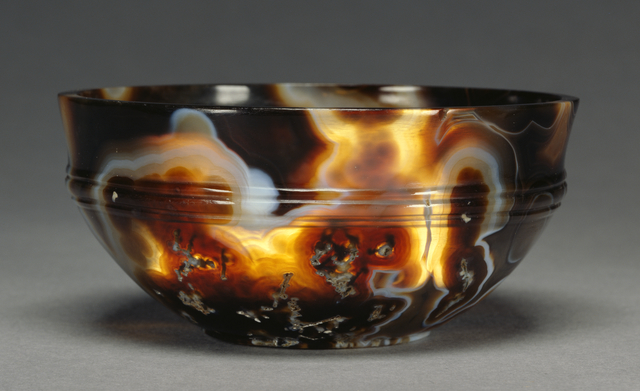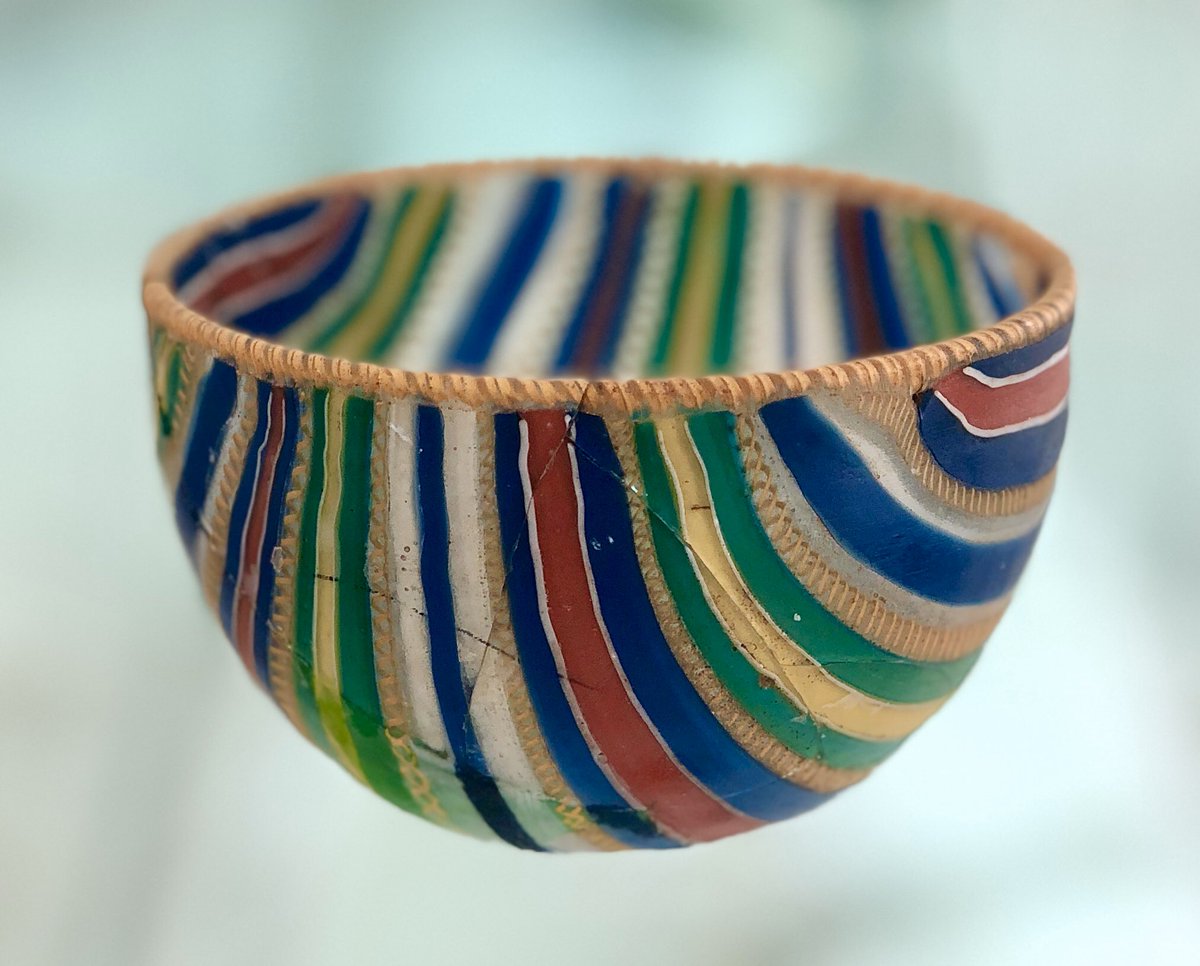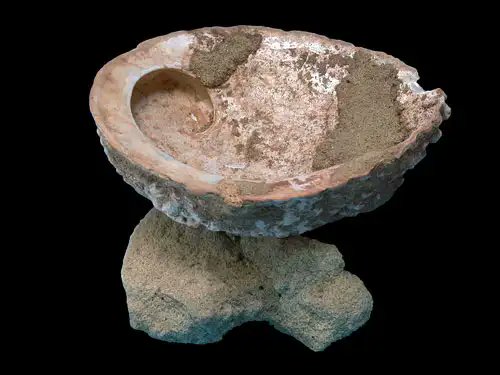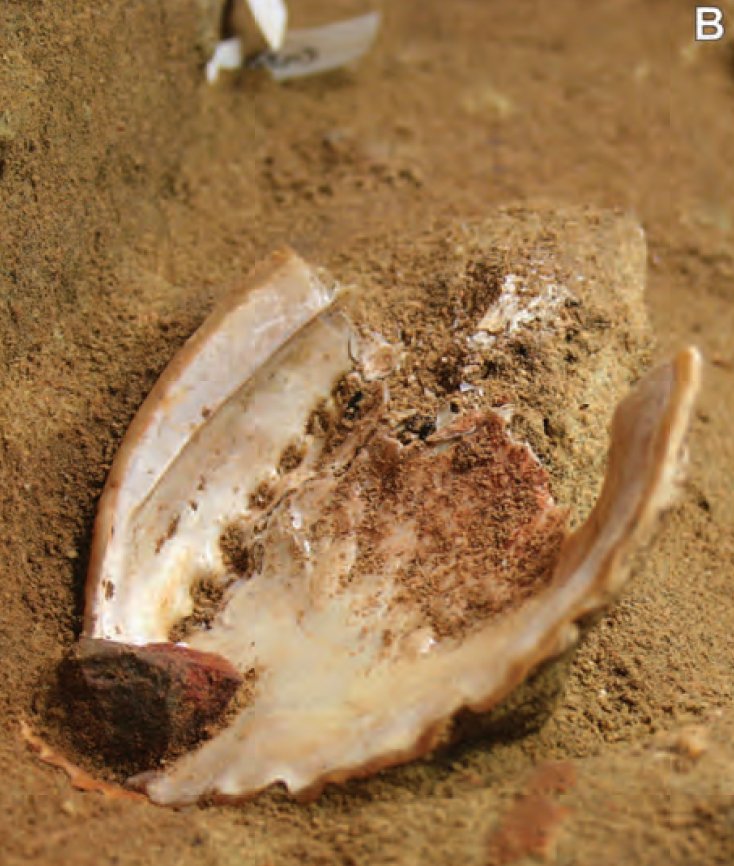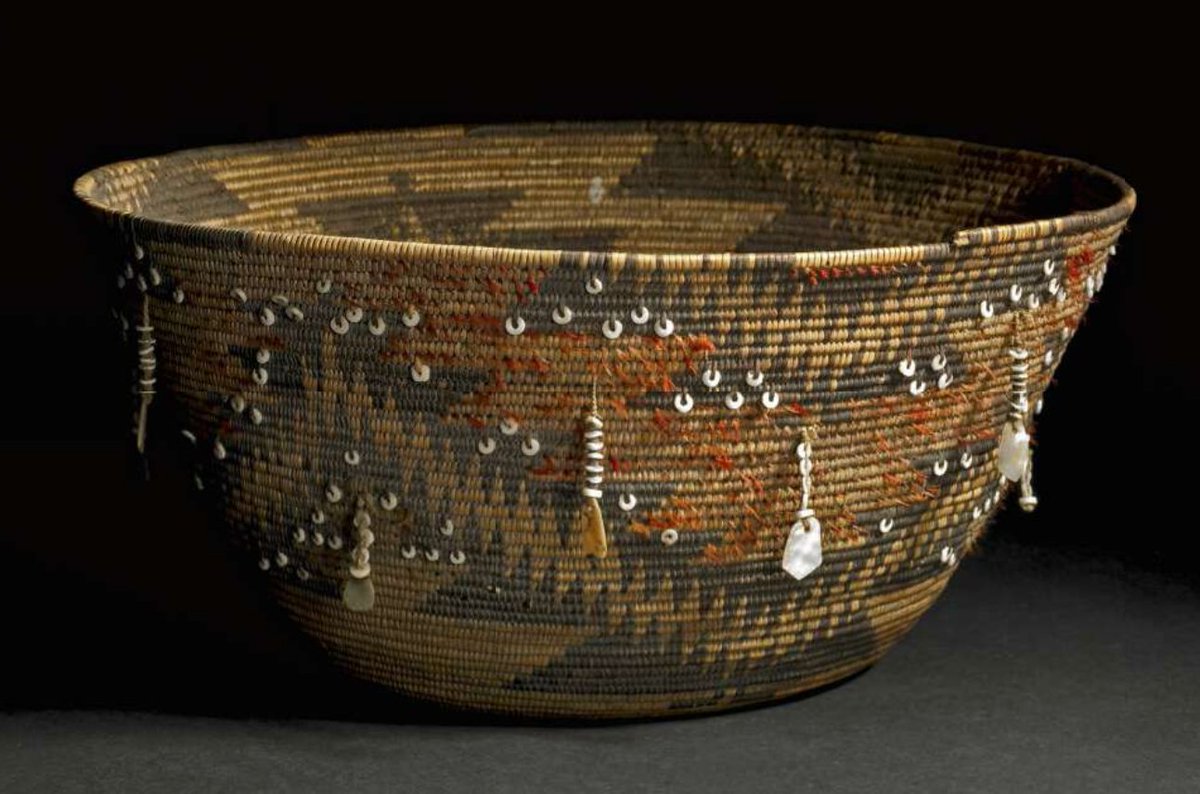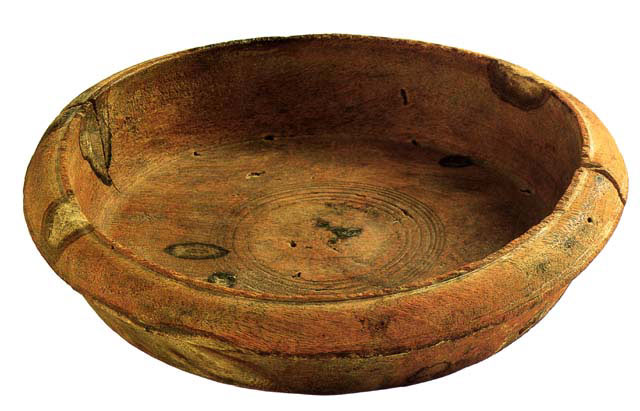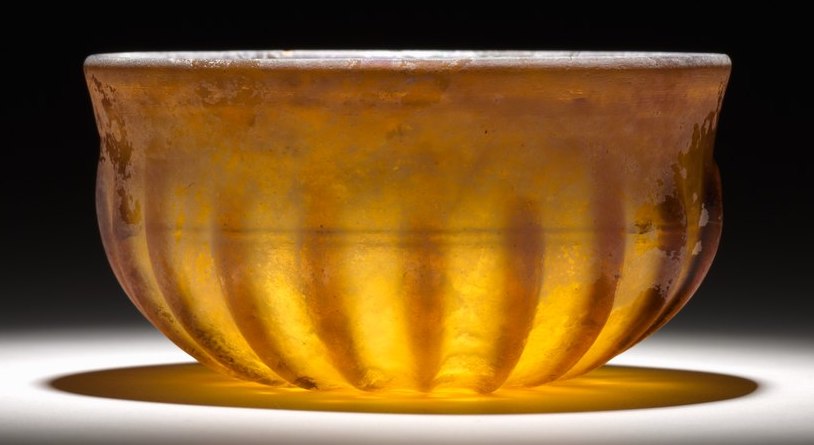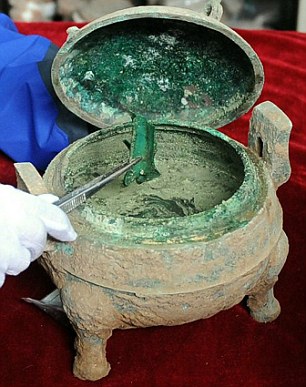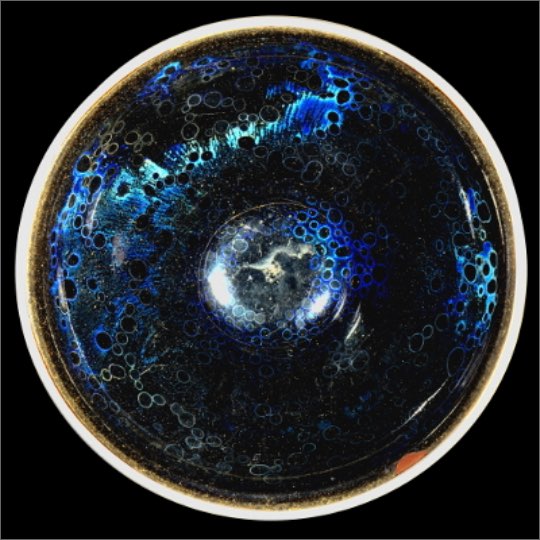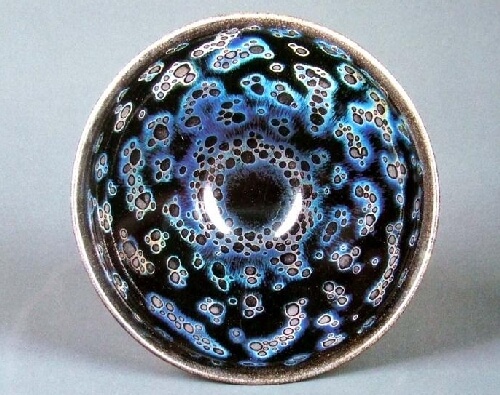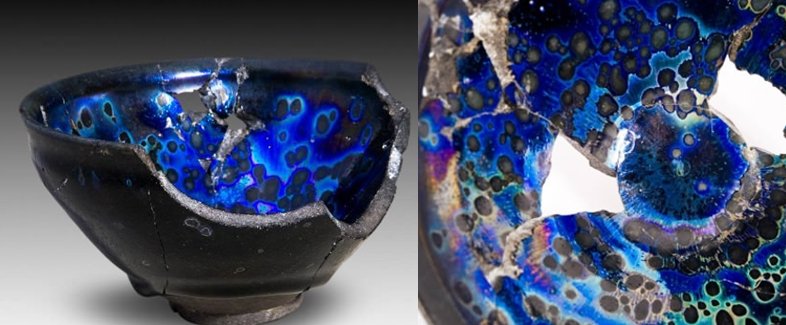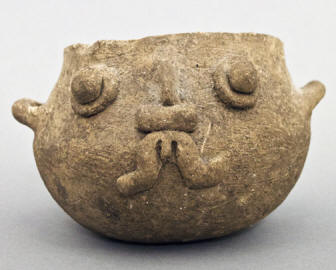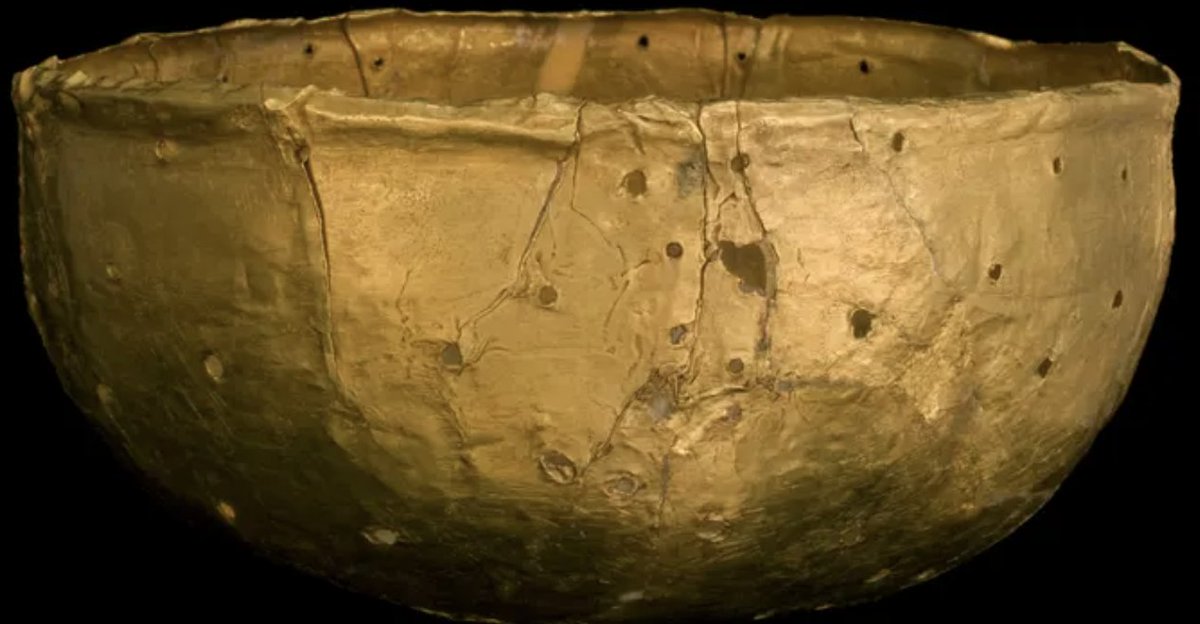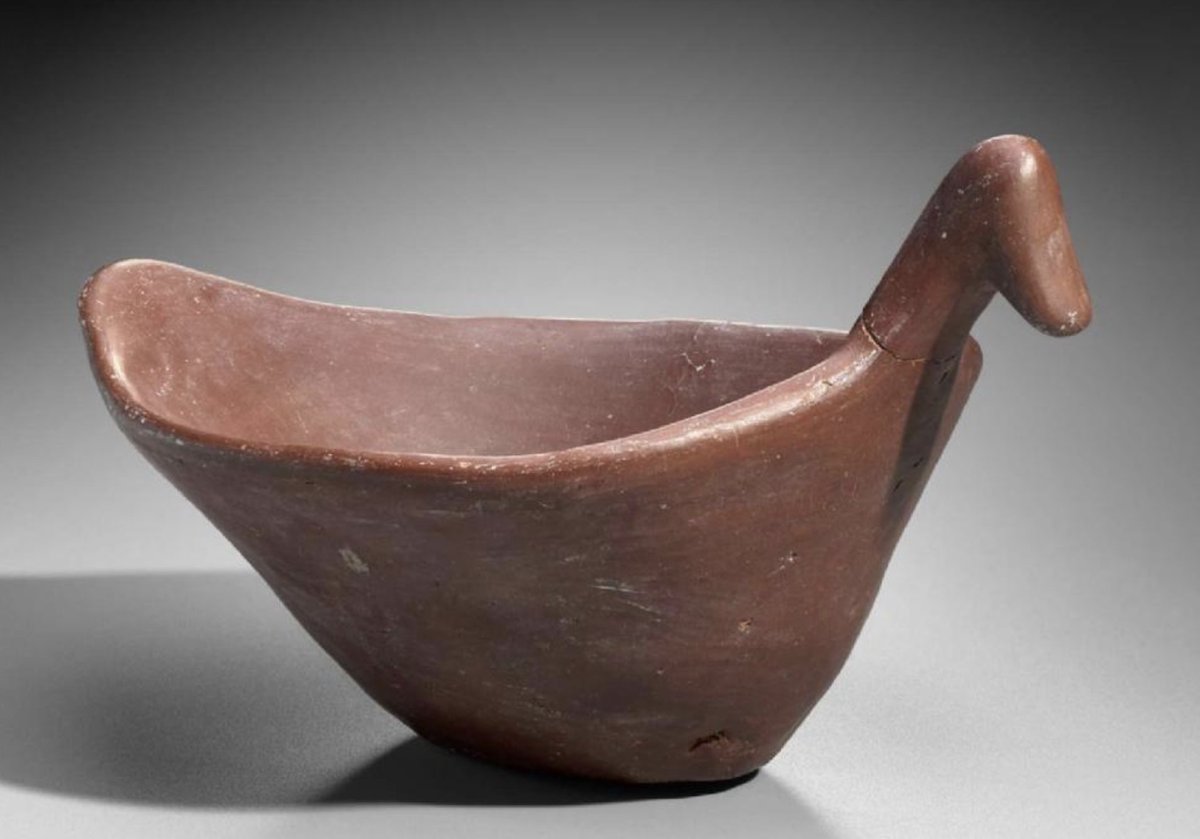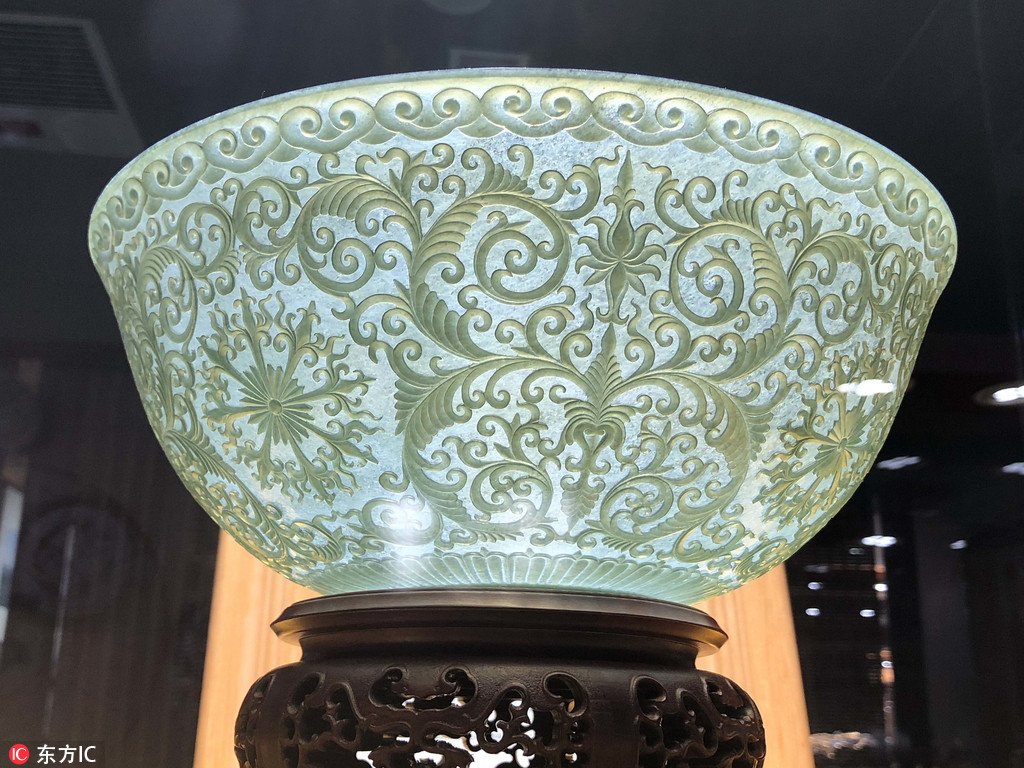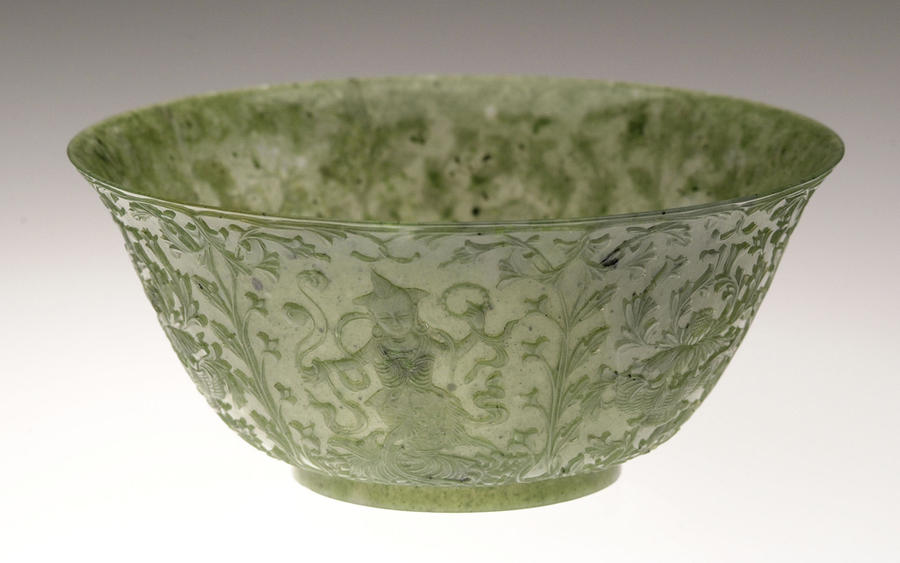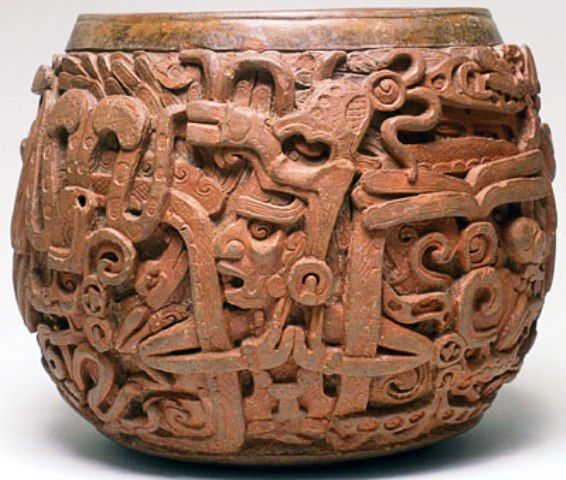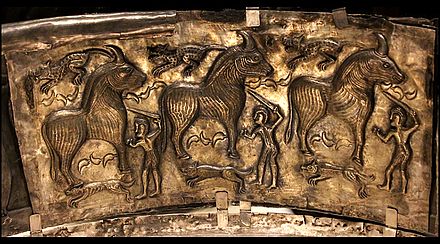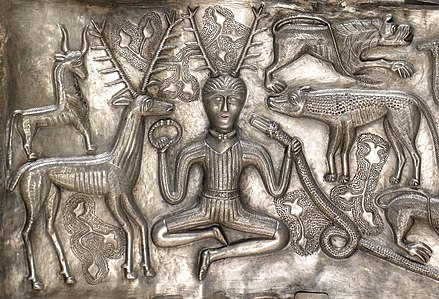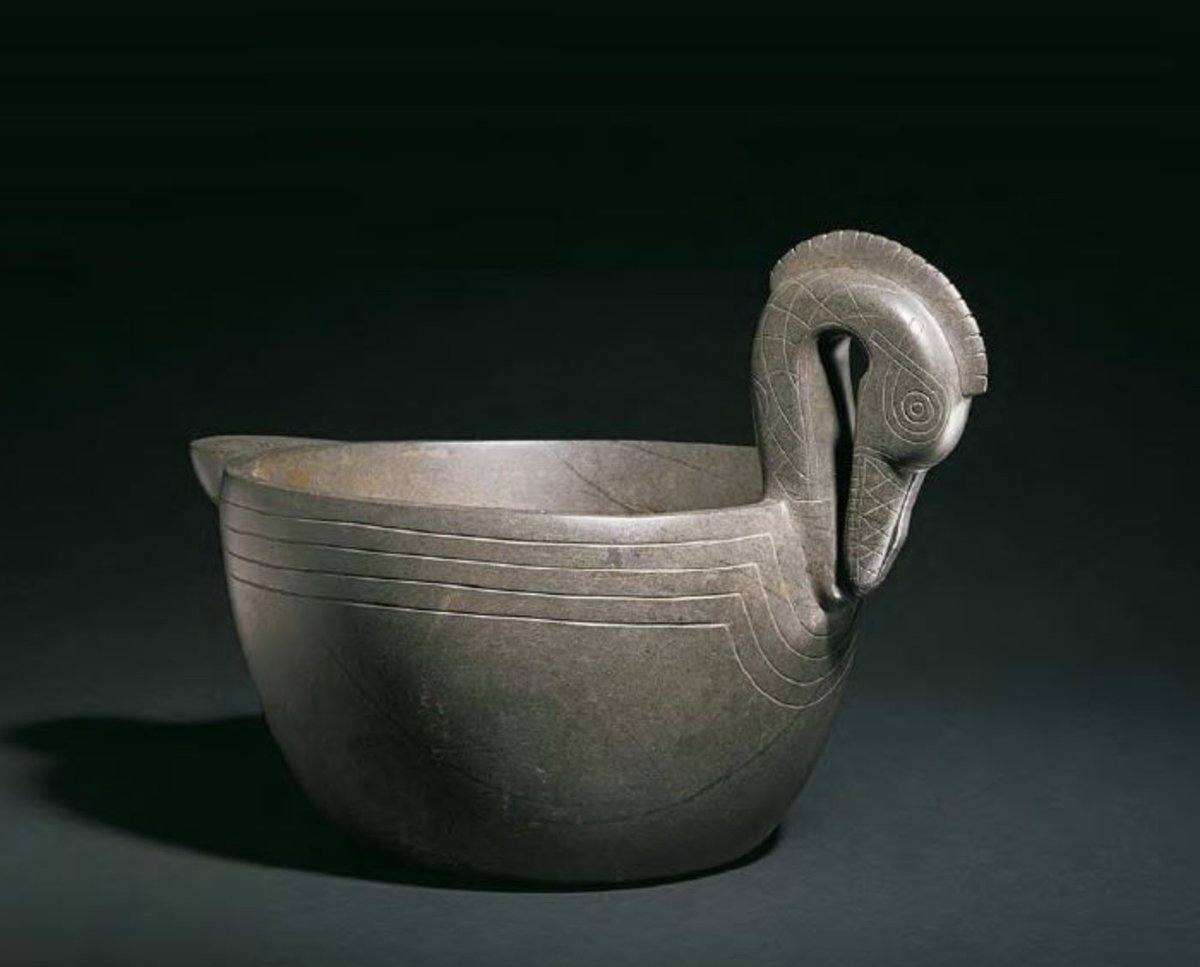A thread of very good, wonderful, truly Super Bowls.
Translucent agate bowl with ornamental grooves and coffee-and-cream marbling. Found near Qift in southern Egypt. 300 - 1,000 BC. Getty Museum https://bit.ly/36TbmPB
Getty Museum https://bit.ly/36TbmPB
Translucent agate bowl with ornamental grooves and coffee-and-cream marbling. Found near Qift in southern Egypt. 300 - 1,000 BC.
 Getty Museum https://bit.ly/36TbmPB
Getty Museum https://bit.ly/36TbmPB
Technicolor dreambowl, found in a grave near Zadar on Croatia's Dalmatian Coast. Made by melding and winding thin bars of glass, each adulterated with different minerals to get different colors. 1st century AD.  Zadar Museum of Ancient Glass https://bit.ly/3tAbzB4
Zadar Museum of Ancient Glass https://bit.ly/3tAbzB4
 Zadar Museum of Ancient Glass https://bit.ly/3tAbzB4
Zadar Museum of Ancient Glass https://bit.ly/3tAbzB4
100,000-year-old abalone shells used to mix red ocher, marrow, charcoal, and water into a colorful paste. Possibly the oldest artist's palettes ever discovered. Blombos Cave, South Africa.  https://science.sciencemag.org/content/334/6053/219
https://science.sciencemag.org/content/334/6053/219
 https://science.sciencemag.org/content/334/6053/219
https://science.sciencemag.org/content/334/6053/219
Reed basket bowl with shell and feather ornaments. Possibly from the Southern Pomo or Lake Miwok cultures. Found in Santa Barbara, CA, circa 1770.  British Museum https://bit.ly/3pYXVVW
British Museum https://bit.ly/3pYXVVW
 British Museum https://bit.ly/3pYXVVW
British Museum https://bit.ly/3pYXVVW
Wooden bowl with concentric circles and rounded rim, most likely made of umbrella thorn acacia (Vachellia/Acacia tortilis). Qumran. 1st Century BCE.  https://www.loc.gov/exhibits/scrolls/art2.html
https://www.loc.gov/exhibits/scrolls/art2.html
 https://www.loc.gov/exhibits/scrolls/art2.html
https://www.loc.gov/exhibits/scrolls/art2.html
Ribbed glass bowl, representing "a Roman manufacturing breakthrough that made high-quality glassware broadly affordable for the first time." 1st Century. 
Cleveland Museum of Art
https://www.clevelandart.org/art/2009.474

Cleveland Museum of Art
https://www.clevelandart.org/art/2009.474
A 2,400-year-old bronze bowl with still-liquid remnants of bone soup. The contents had oxidized and turned green. Discovered in a tomb near the ancient capital of Xian, China, while excavating for an airport extension. 
http://dailym.ai/3p05OZI

http://dailym.ai/3p05OZI
Some of the only remaining intact or semi-intact Yohen Tenmoku tea bowls. Southern Song dynasty, 12th-13th century. Housed at the Seikado Bunko Art Museum, Fujita Museum of Art, Daitoku-ji Temple, Miho Museum. 
https://bit.ly/3cPL70r
https://bit.ly/3jsWL2p

https://bit.ly/3cPL70r
https://bit.ly/3jsWL2p
Mesoamerican bowl in the shape of the rain deity Tlaloc. Veracruz. 600 to 900 CE.  Arizona Museum of Natural History https://bit.ly/3rApB3V
Arizona Museum of Natural History https://bit.ly/3rApB3V
 Arizona Museum of Natural History https://bit.ly/3rApB3V
Arizona Museum of Natural History https://bit.ly/3rApB3V
Bowl in the form of a bird, shaped from highly polished red Nile clay. Found in Egypt, el-Mahasna, Tomb H. 39. 3850–3300 B.C.  Boston Museum of Fine Arts https://bit.ly/2MJ7gCP
Boston Museum of Fine Arts https://bit.ly/2MJ7gCP
 Boston Museum of Fine Arts https://bit.ly/2MJ7gCP
Boston Museum of Fine Arts https://bit.ly/2MJ7gCP
Rock crystal bowl inlaid with gold and set with rubies, emeralds, and sapphire-blue glass. Late 16th – early 17th century. India, Deccan, or Mughal.  Kuwait National Museum
Kuwait National Museum
 Kuwait National Museum
Kuwait National Museum
World's thinnest Hetian jade bowl, less than 1mm thick, Urumqi city, China (L) and a translucent carved jade bowl circa China 18th C  https://bit.ly/3jwbnOv https://bit.ly/2MHweT7
https://bit.ly/3jwbnOv https://bit.ly/2MHweT7
 https://bit.ly/3jwbnOv https://bit.ly/2MHweT7
https://bit.ly/3jwbnOv https://bit.ly/2MHweT7
Intricately carved Mayan bowl, classical period (AD 250-600).  National Museum of the American Indian
National Museum of the American Indian
 National Museum of the American Indian
National Museum of the American Indian
The Gundestrup Cauldron, made of silver, depicting elephants, lions, unknown creatures and deities. Found in a peat bog in Denmark in 1891. Highly mysterious; much debated. True provenance unknown. Possibly 200 - 300 AD.  National Museum of Denmark https://bit.ly/3pUETQq
National Museum of Denmark https://bit.ly/3pUETQq
 National Museum of Denmark https://bit.ly/3pUETQq
National Museum of Denmark https://bit.ly/3pUETQq

 Read on Twitter
Read on Twitter